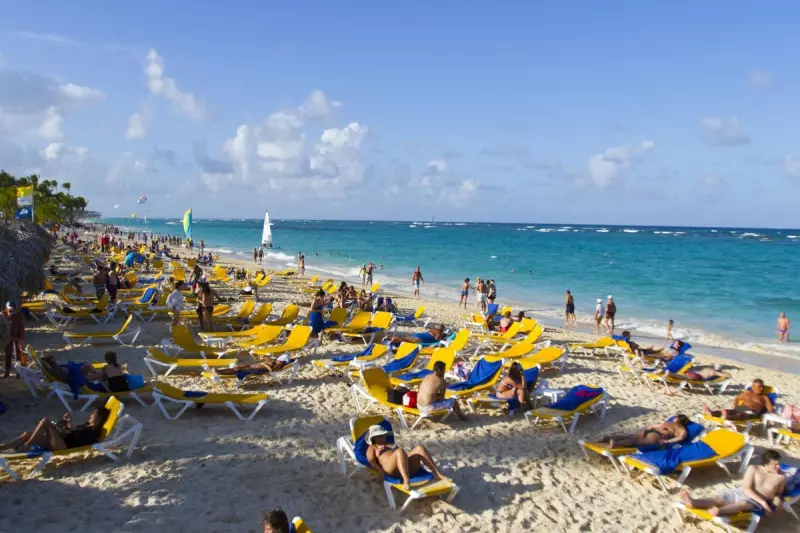
The Dominican Republic has taken decisive action to accommodate a sudden surge in tourism demand following Hurricane Melissa's devastating impact on neighbouring Caribbean destinations, authorising an additional 800 flights over the coming months.
Caribbean Tourism Shift
Industry officials confirmed on Wednesday that the nation has greenlit both regular and charter flights as it prepares for its peak tourism season. This strategic move aims to manage the influx of visitors originally planning holidays elsewhere in the region, particularly Jamaica.
Nairobi Santos, spokesperson for the Dominican Republic's Association of Hotels and Tourism, stated: "This will have a positive impact on hotel occupancy in the Dominican Republic, and Dominican hotels have the capacity to receive that influx."
She revealed that the additional flights will occur over eight months, with projections showing an average occupancy rate exceeding 95% during the crucial holiday season.
Aviation Expansion
Héctor Porcella, president of the country's Civil Aviation Board, provided context for the substantial flight authorisation: "We authorised 800 flights in one fell swoop because all that tourism that was going to Jamaica, the Dominican Republic will benefit."
While acknowledging the tragedy that the Category 5 storm unleashed across the northern Caribbean last month, Porcella noted the particularly severe impact on Jamaica, the Bahamas, Cuba and Haiti.
The statistics demonstrate the growing momentum in Dominican tourism. Visitor numbers climbed to more than 672,000 last month, compared with approximately 575,600 in September. Officials anticipate these figures will surge further this month, though current data remains unavailable.
Economic Impact and Regional Contrast
The Dominican Republic has welcomed an impressive more than 8 million visitors from January through October this year, underscoring its position as a Caribbean tourism powerhouse.
Hotel performance metrics show consistent improvement, with occupancy rates increasing to 63% last month from 58% in September, according to statistics from the Dominican Central Bank.
Tourism represents a cornerstone of the Dominican economy, generating nearly $11 million last year alone.
Meanwhile, Jamaica faces a challenging recovery path after Hurricane Melissa made landfall in the island's western region on October 28.
Jamaican Tourism Minister Edmund Bartlett reported numerous flight cancellations, with some major hotels indicating they don't anticipate reopening until mid- or late 2026.
However, Bartlett struck an optimistic note earlier this week, projecting that approximately 60% of hotel rooms would become available from mid-December.
Cruise tourism has provided a silver lining, with ships continuing to visit Jamaica since the storm and bringing some 32,000 passengers so far. This number is expected to double next week.
The human toll of the disaster remains significant. Alvin Gayle, director of Jamaica's emergency management office, confirmed that 45 people lost their lives to the storm, with 16 others still missing.
Infrastructure recovery continues gradually, with 76% of the power grid operational as of Wednesday, nearly a month post-storm. Approximately 82% of customers had restored water service.
Tragically, the health impact extends beyond direct storm casualties. Health Minister Christopher Tufton reported eleven additional deaths from suspected or confirmed leptospirosis, with 91 overall suspected cases recorded.
The neighbouring nation of Haiti also suffered considerably, with Hurricane Melissa claiming at least 43 lives and causing widespread flooding in the country's southwest region.





